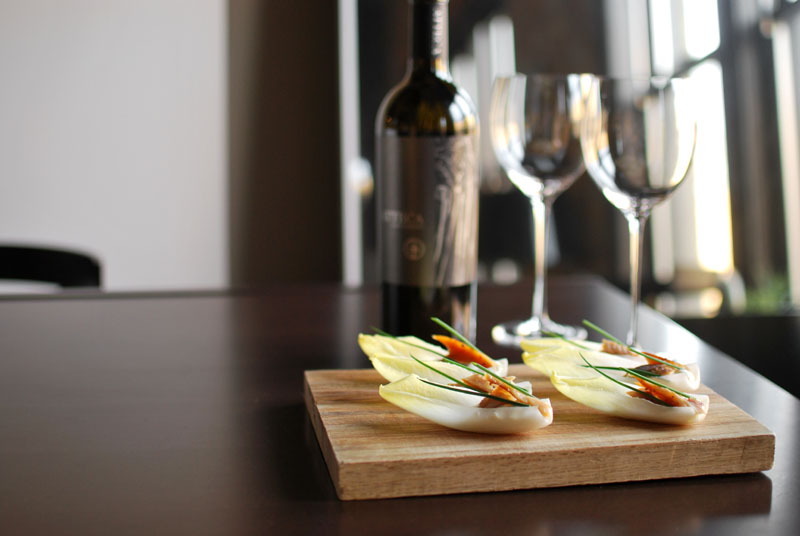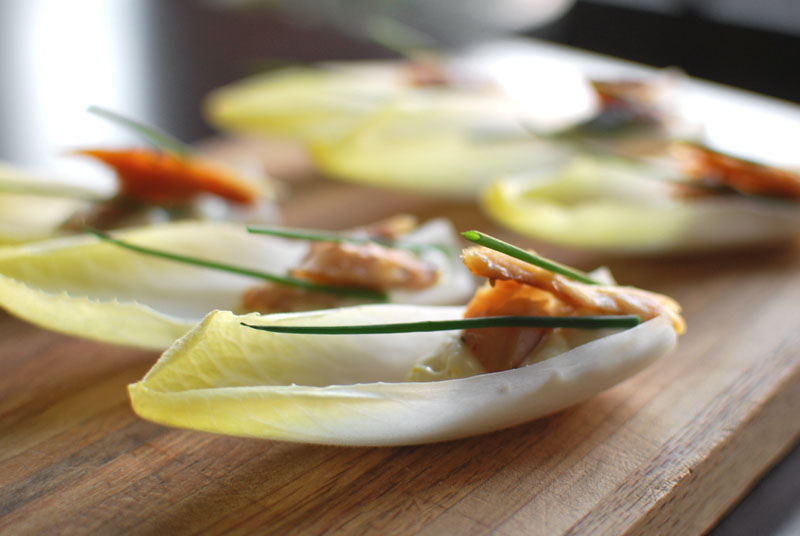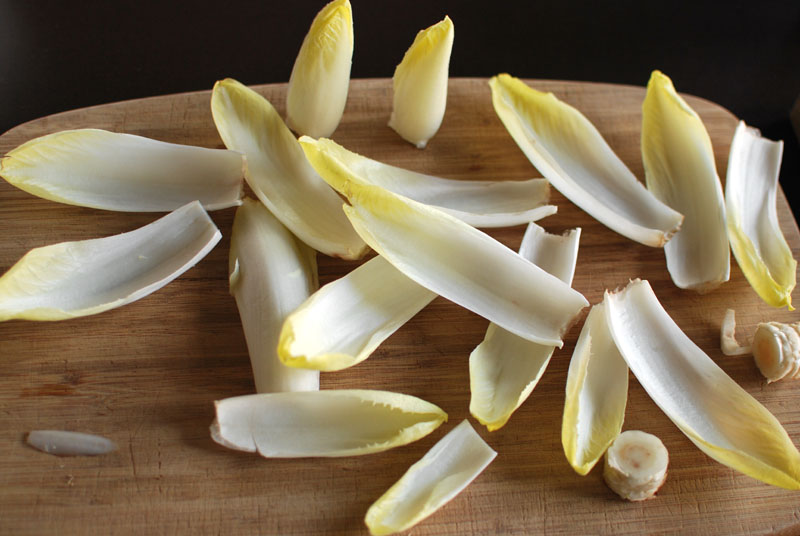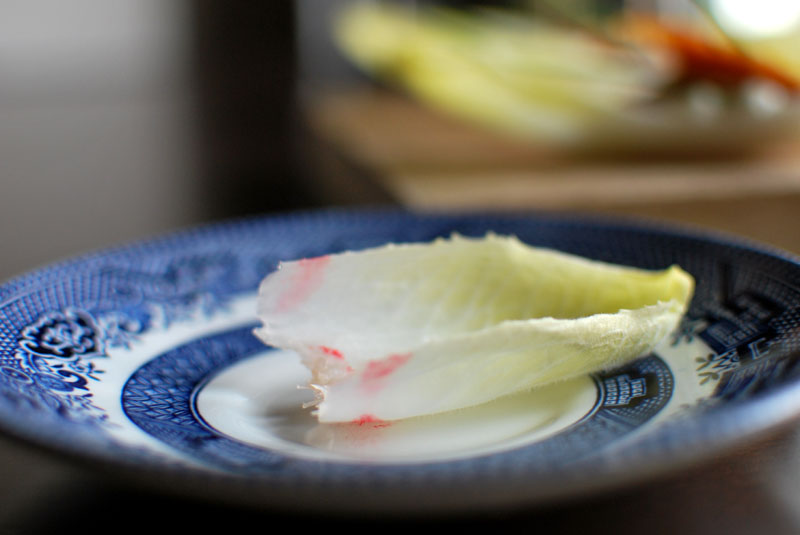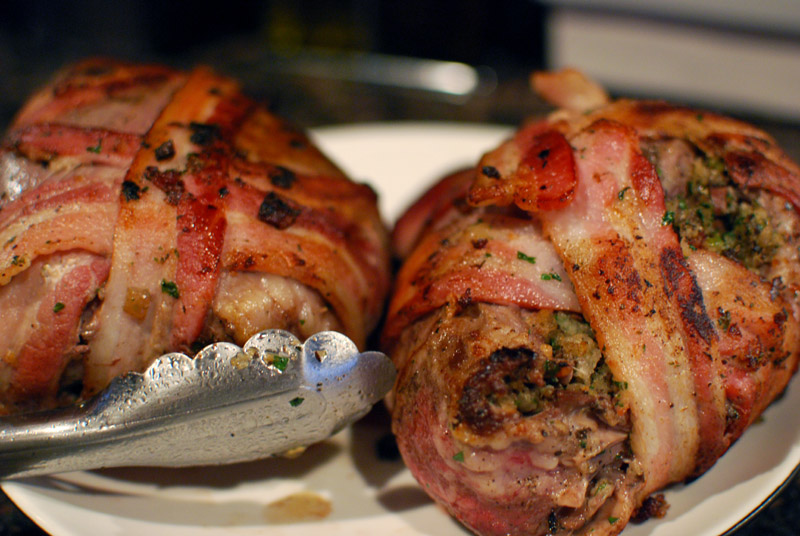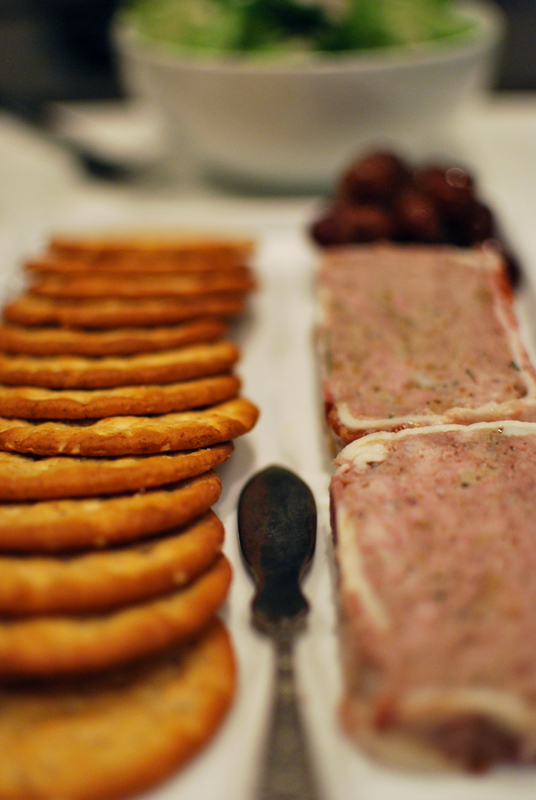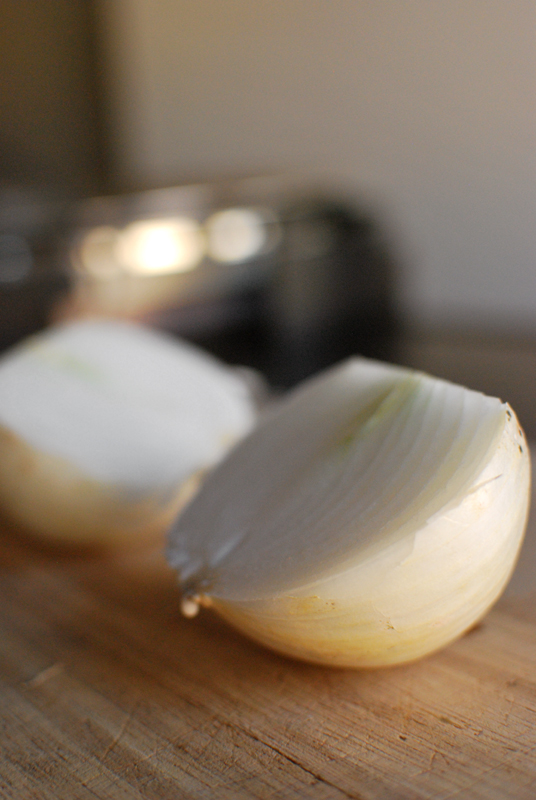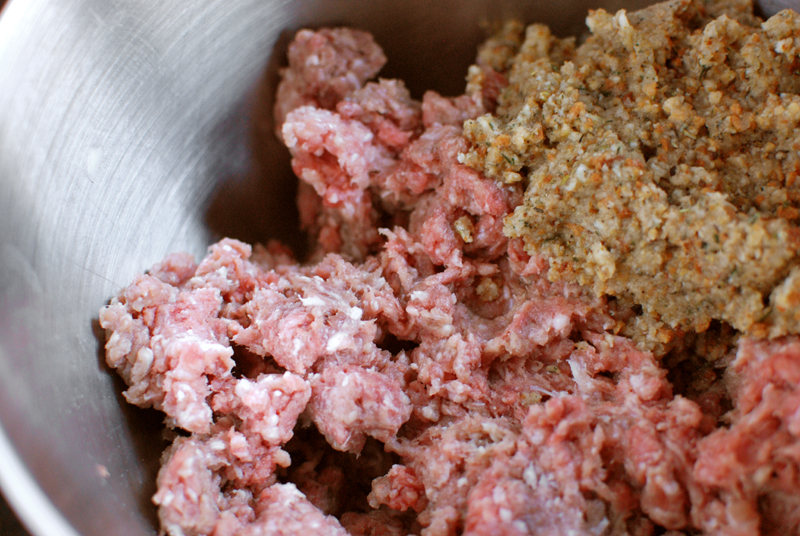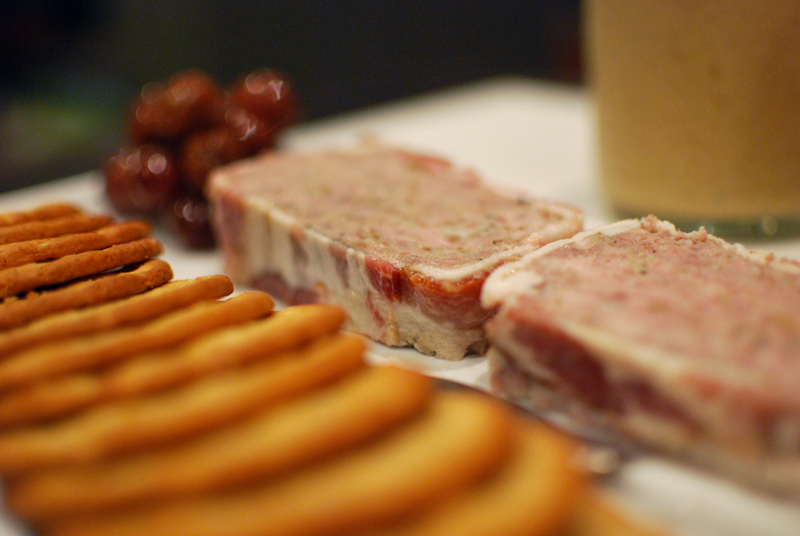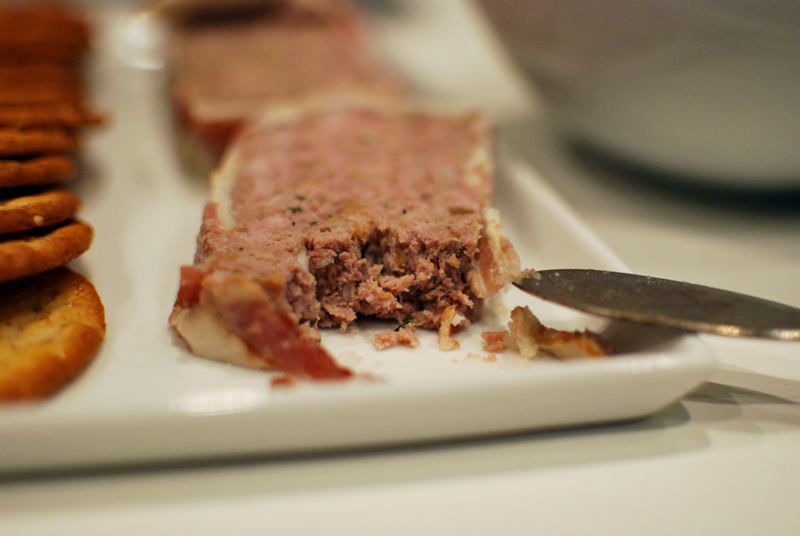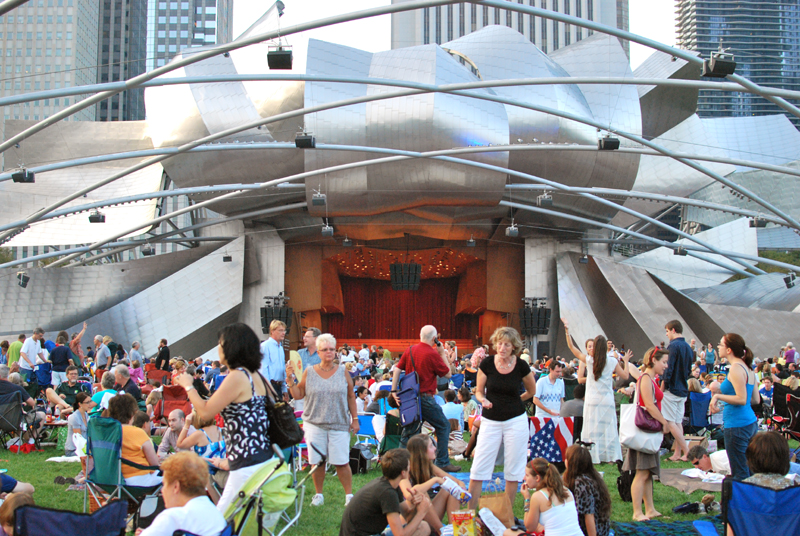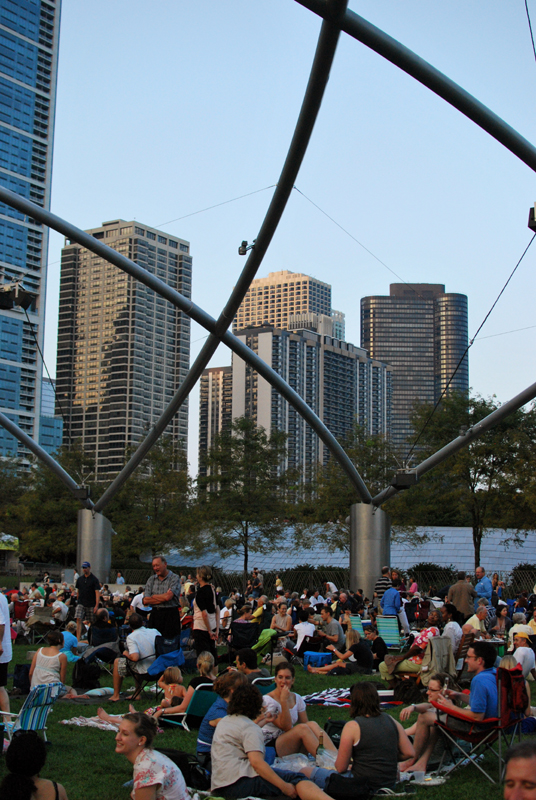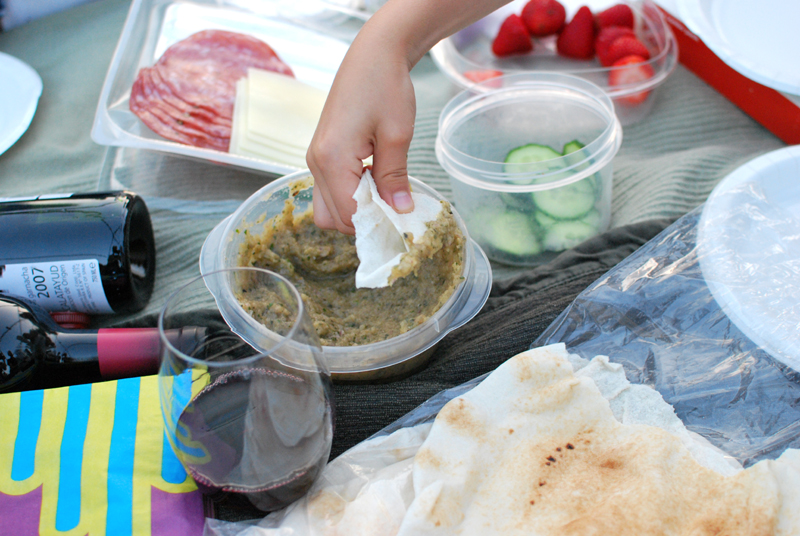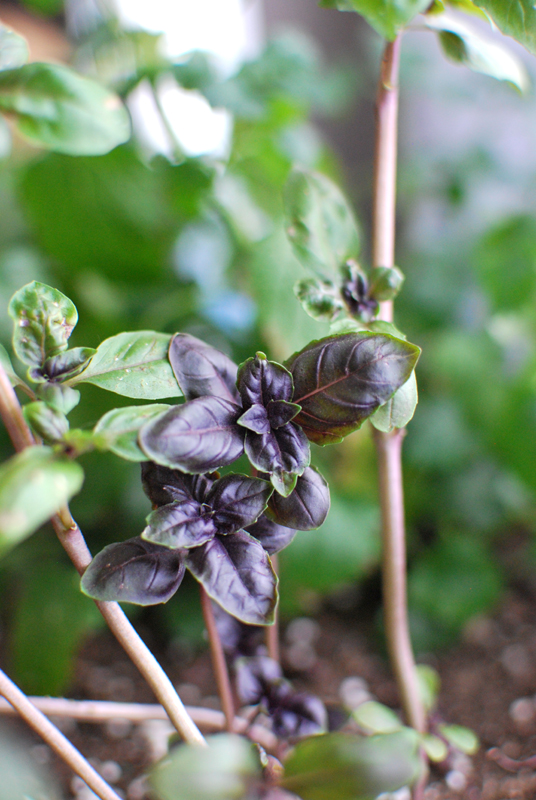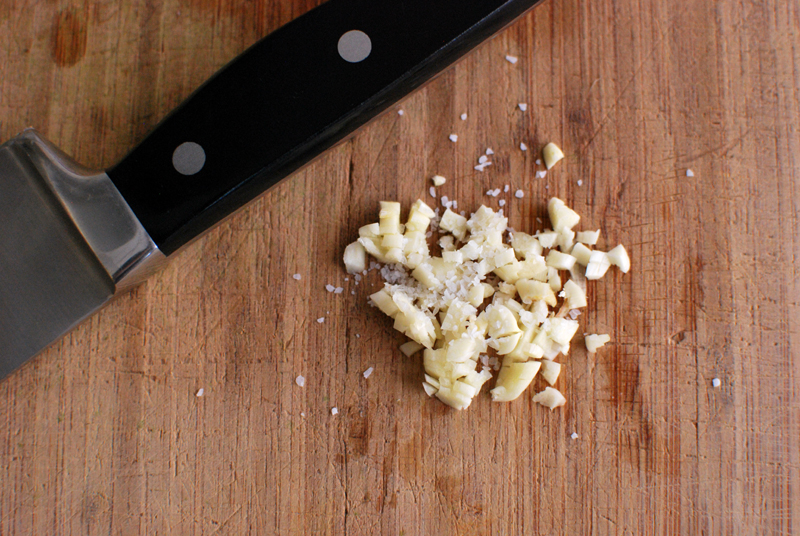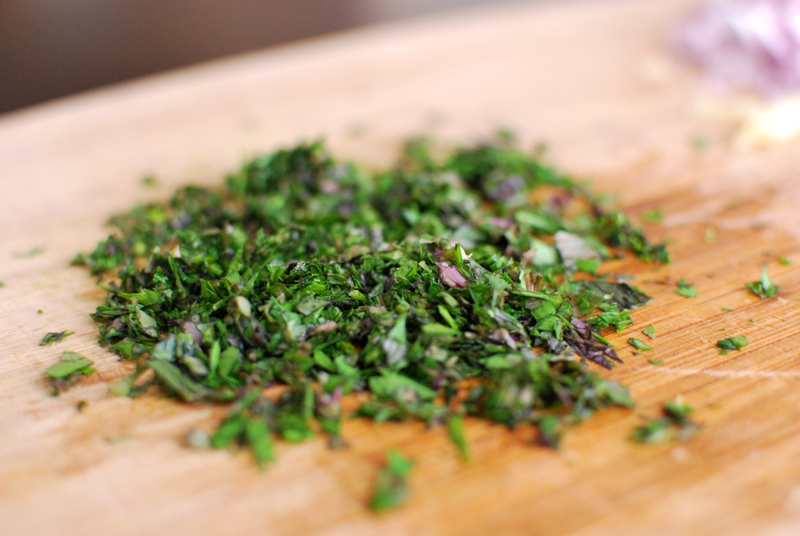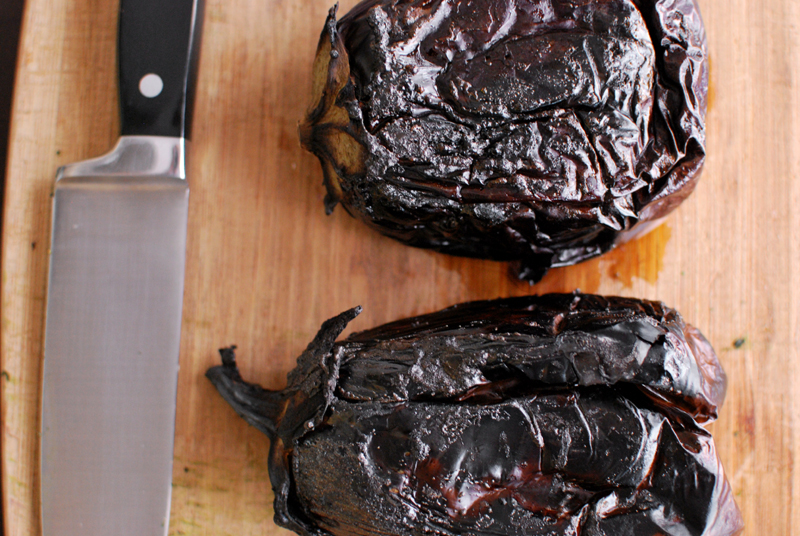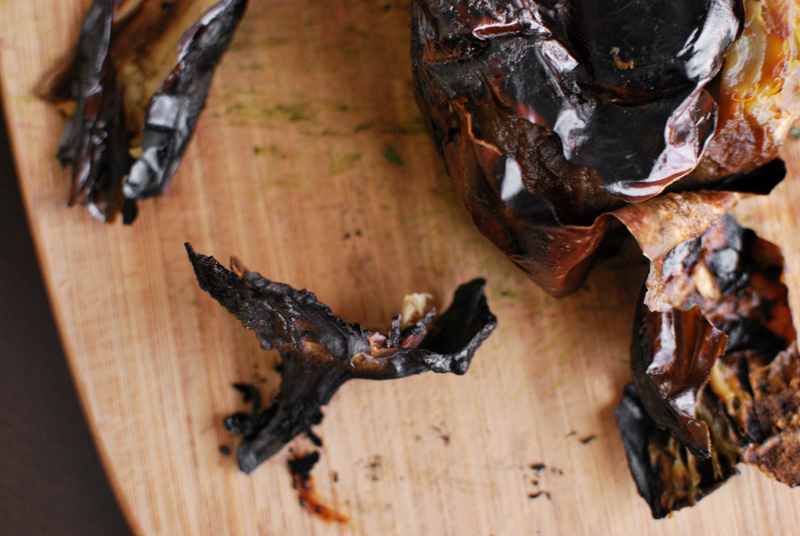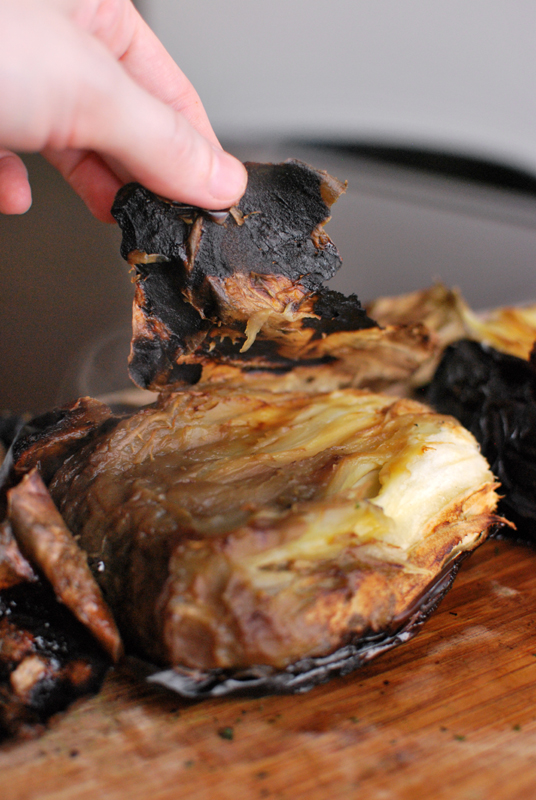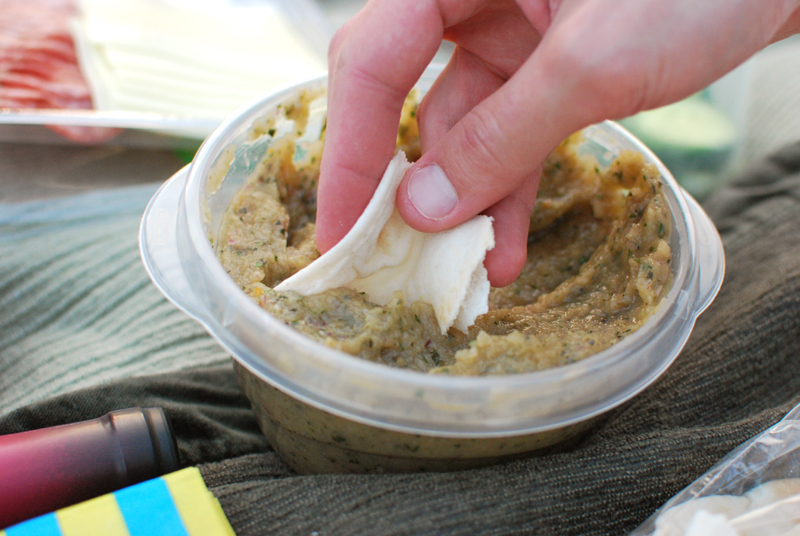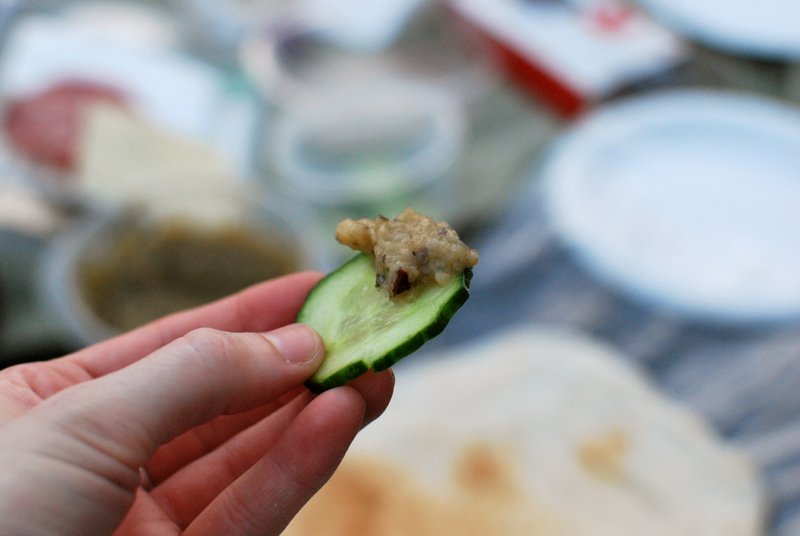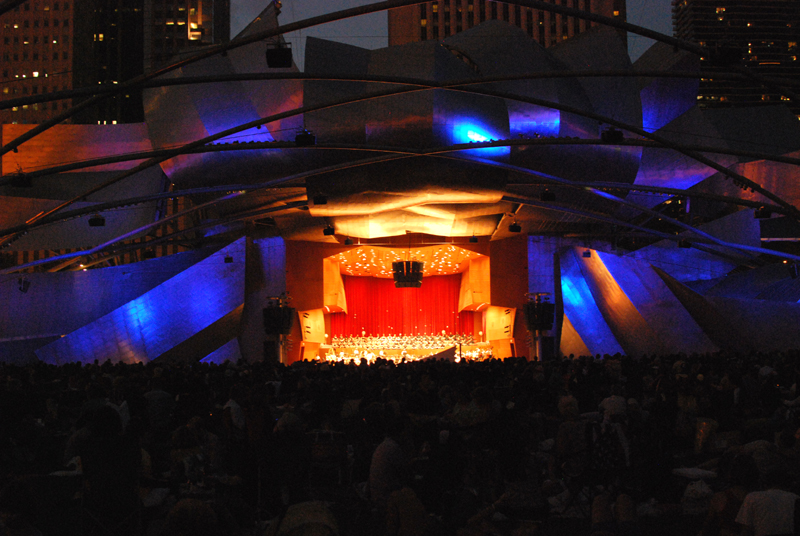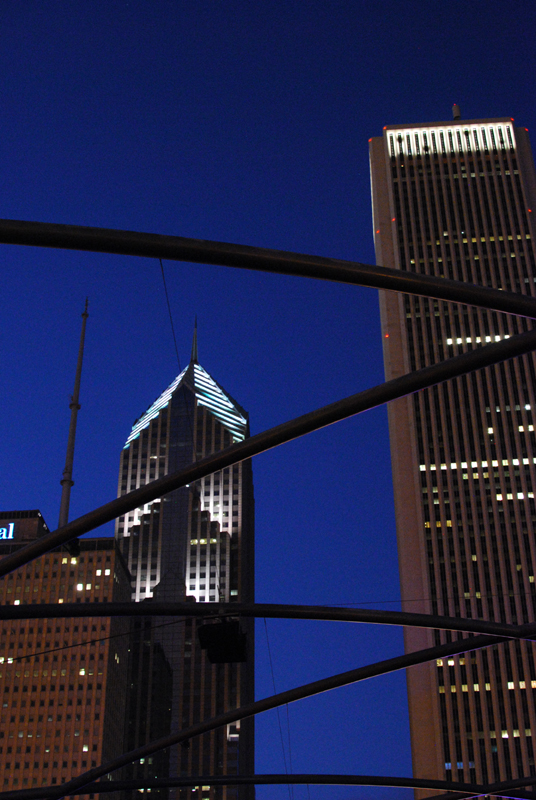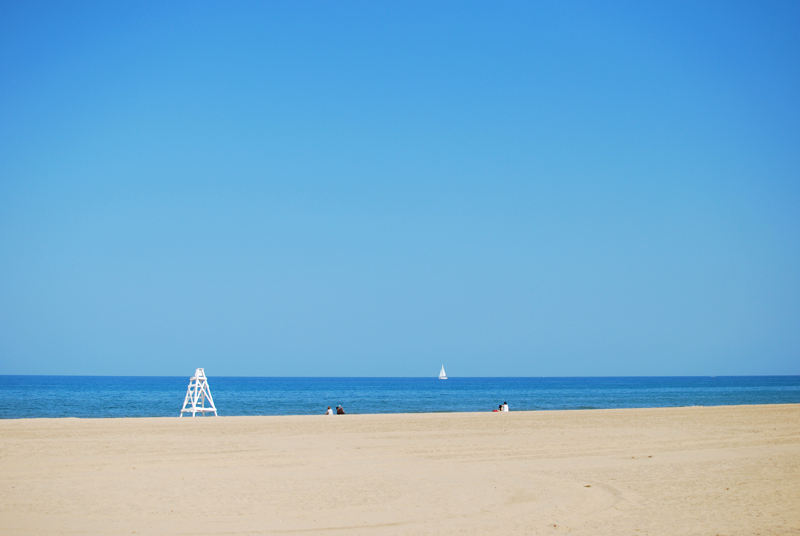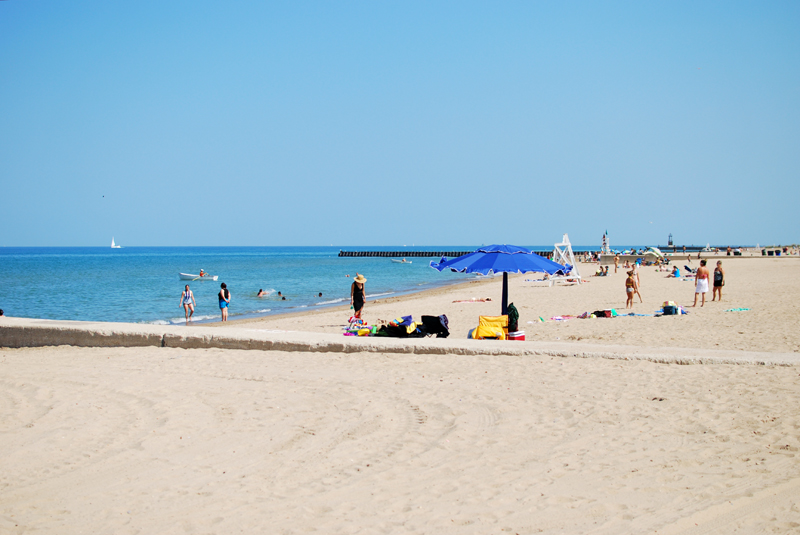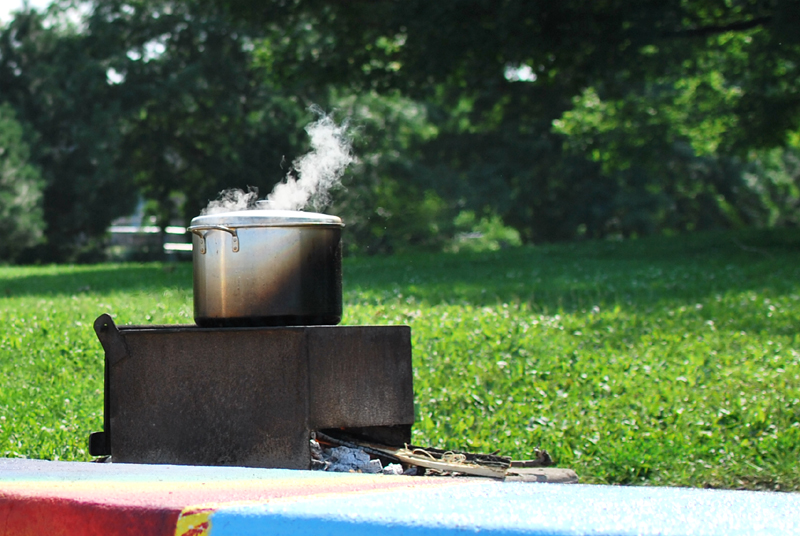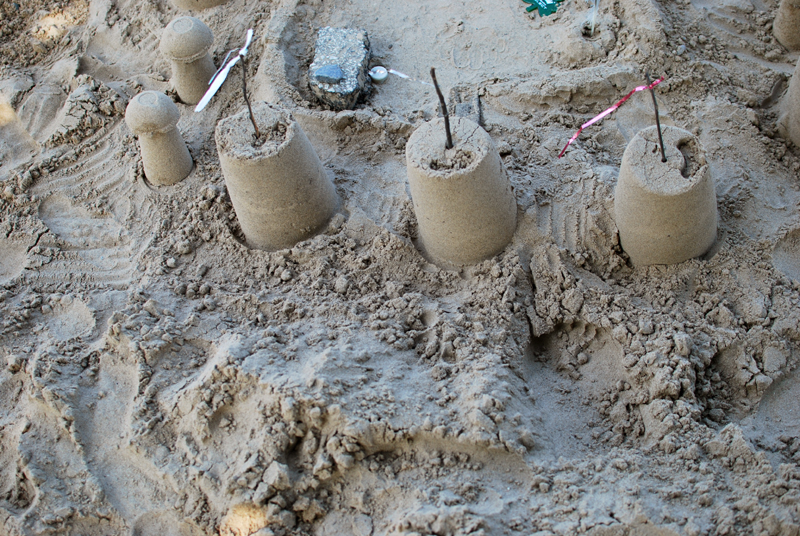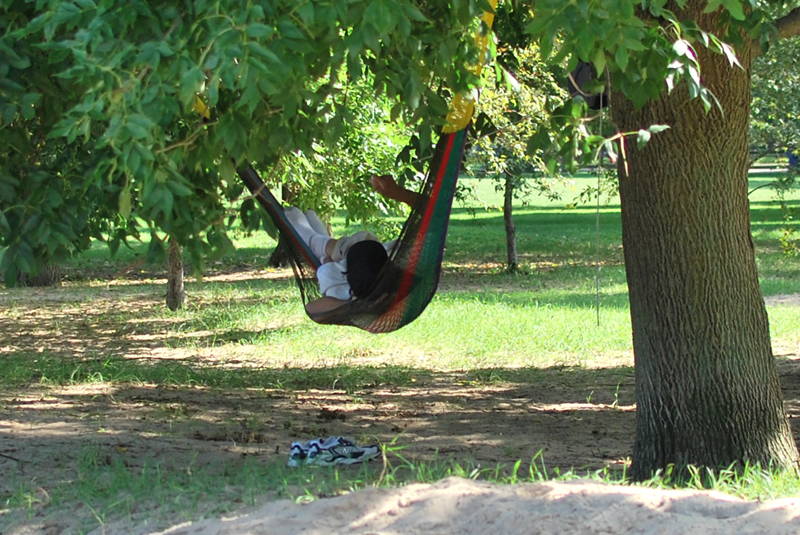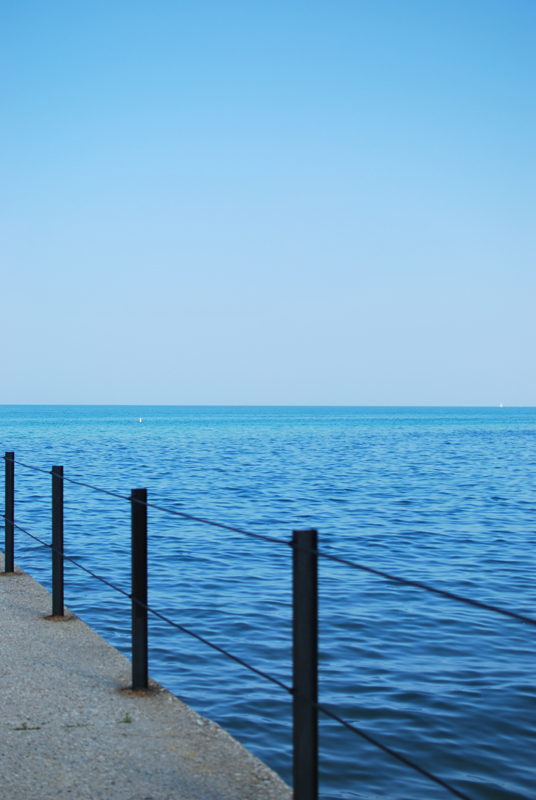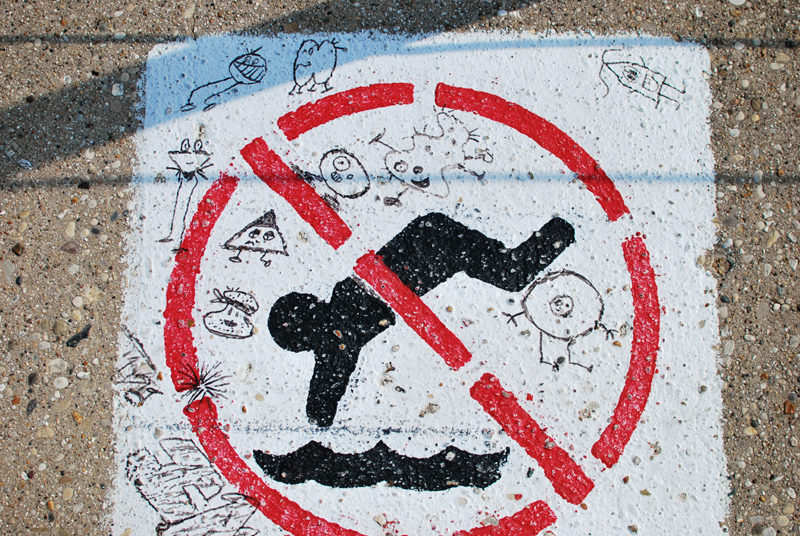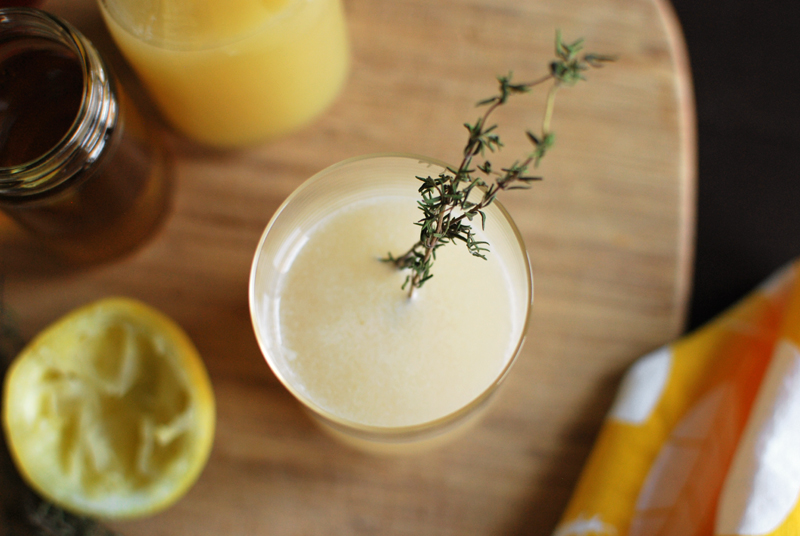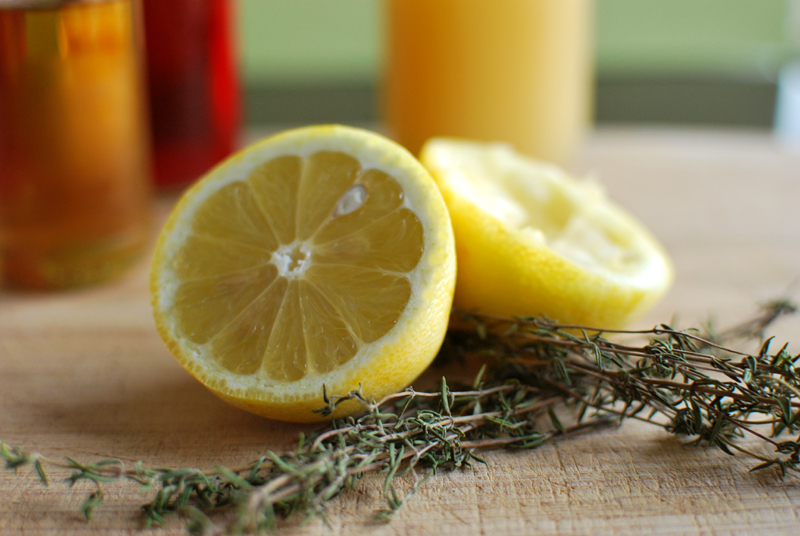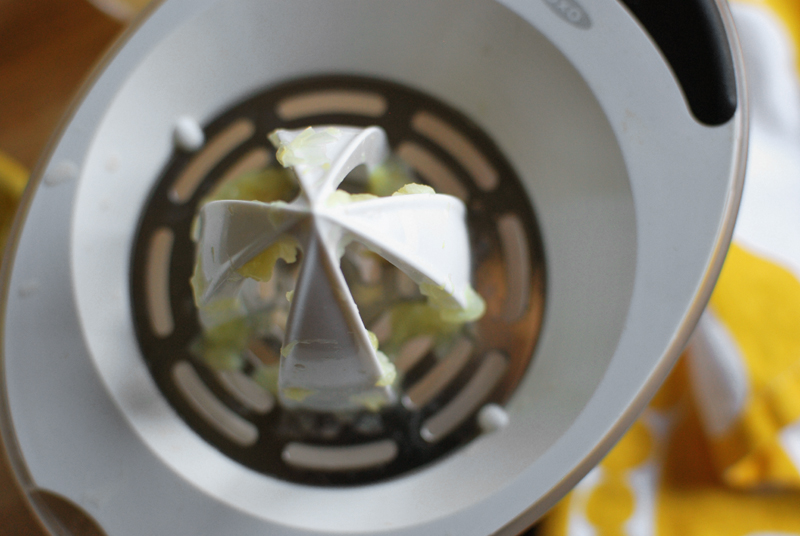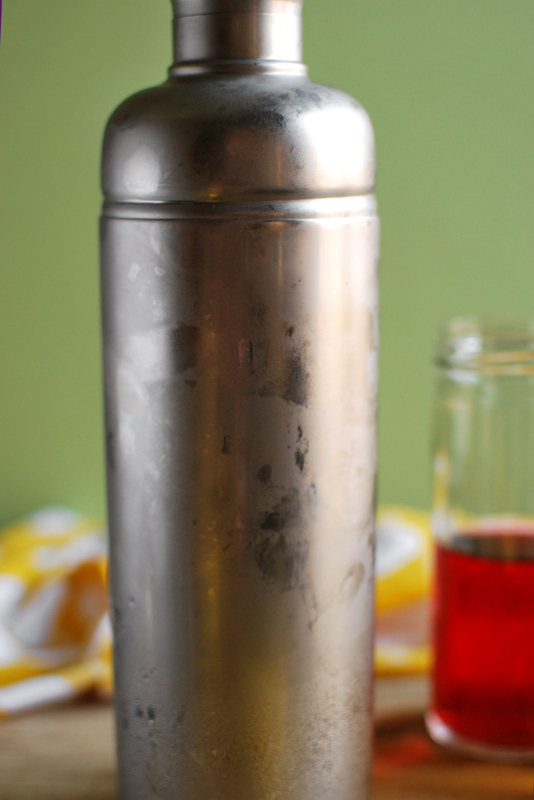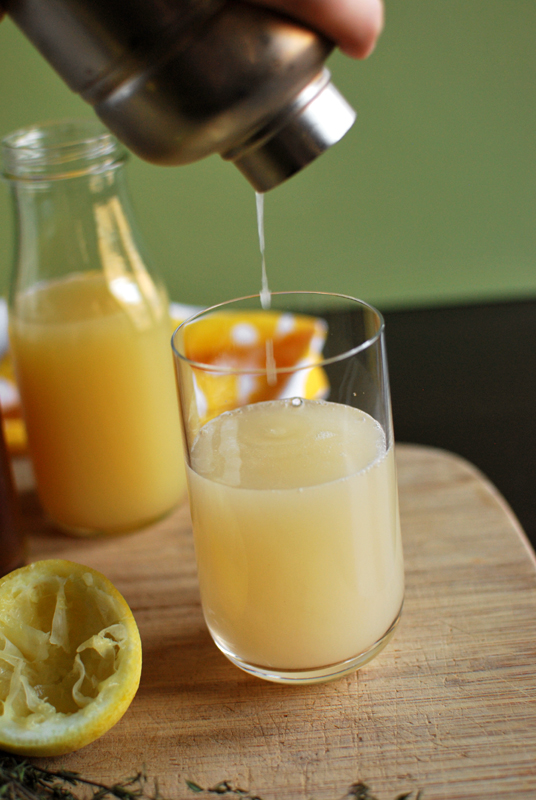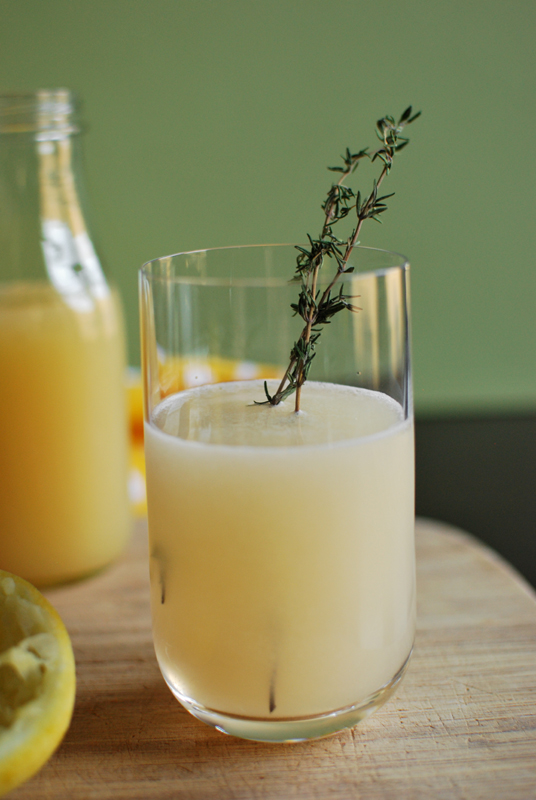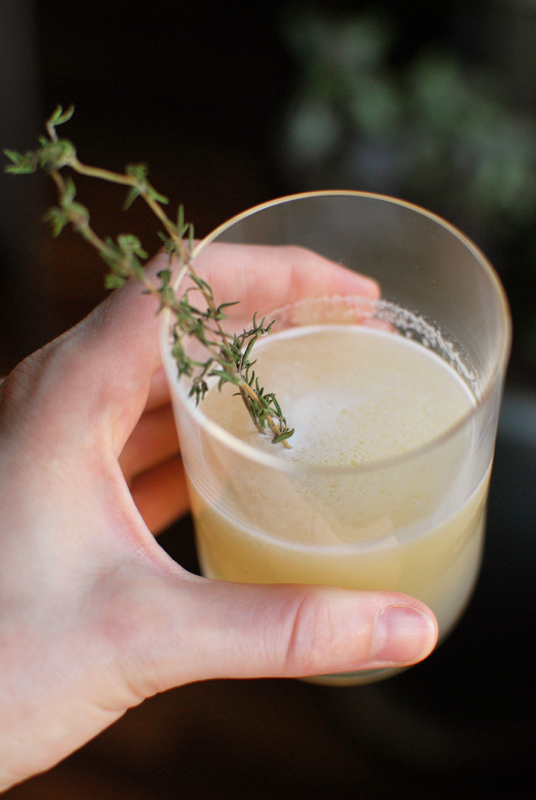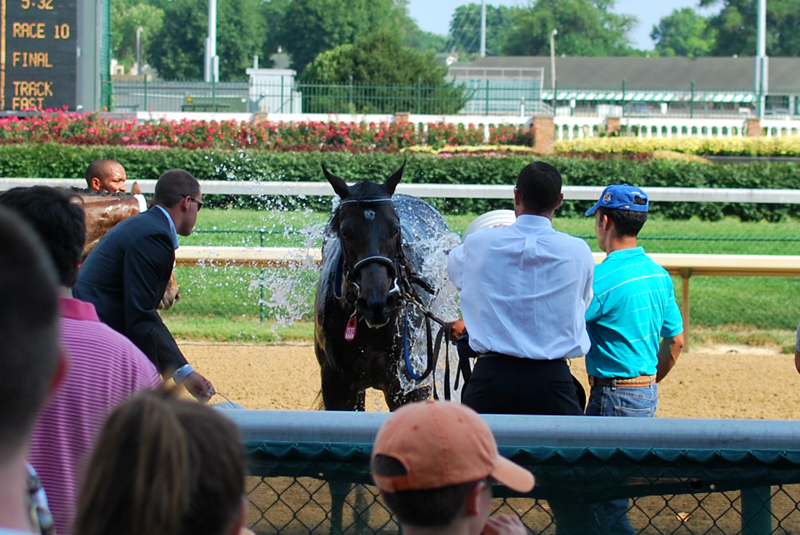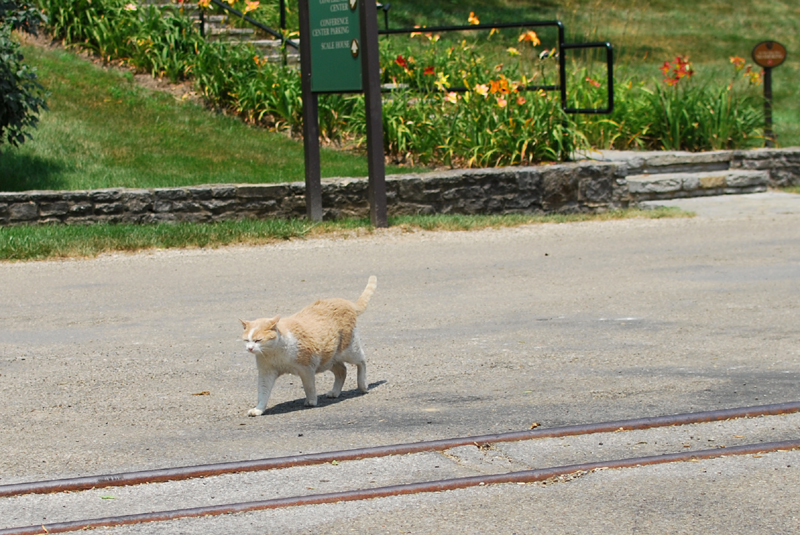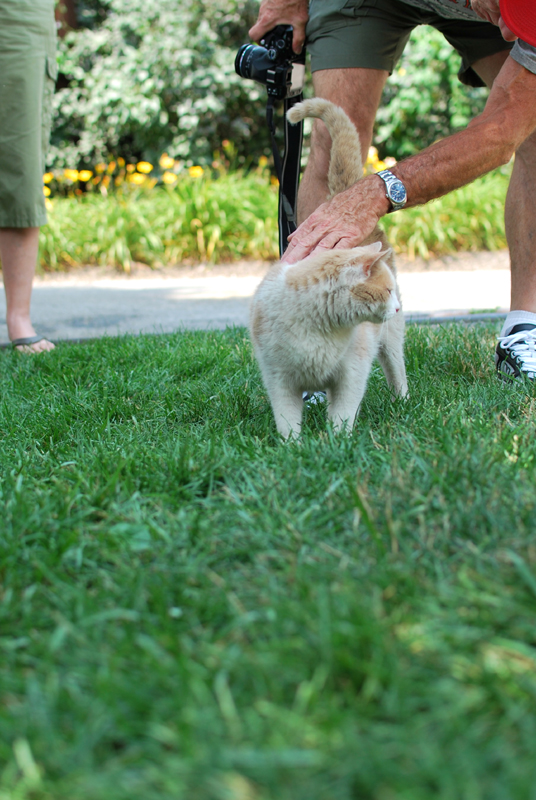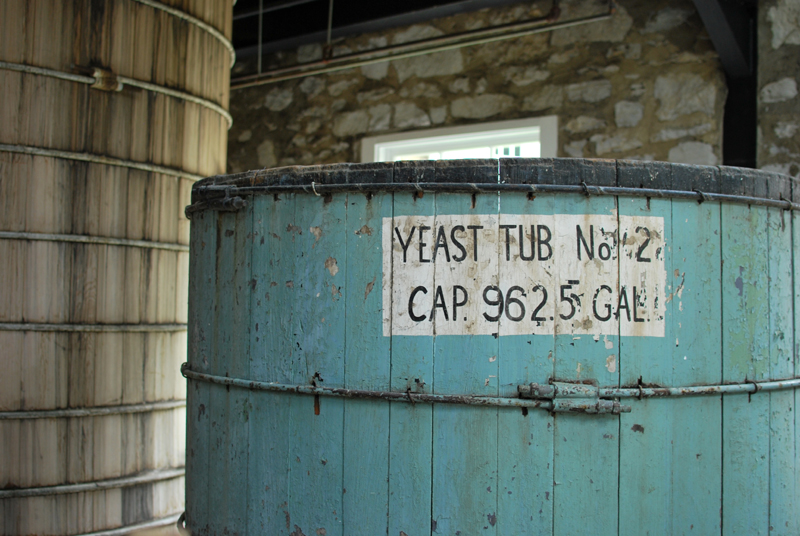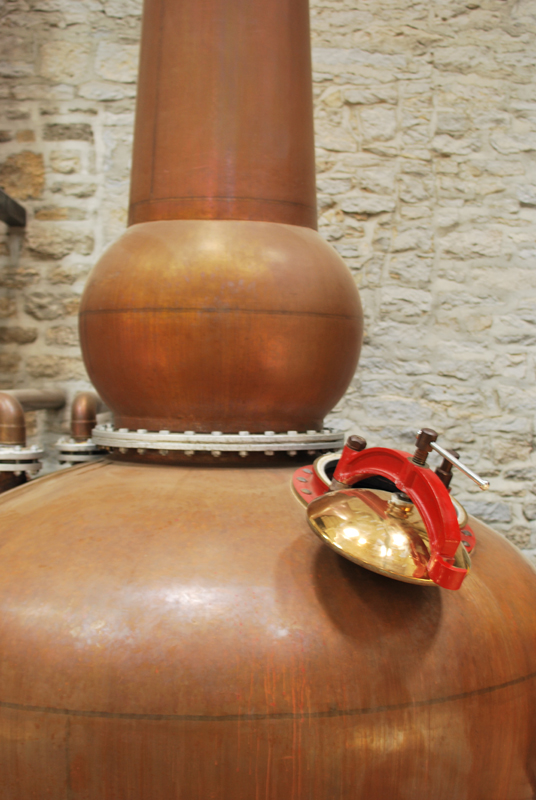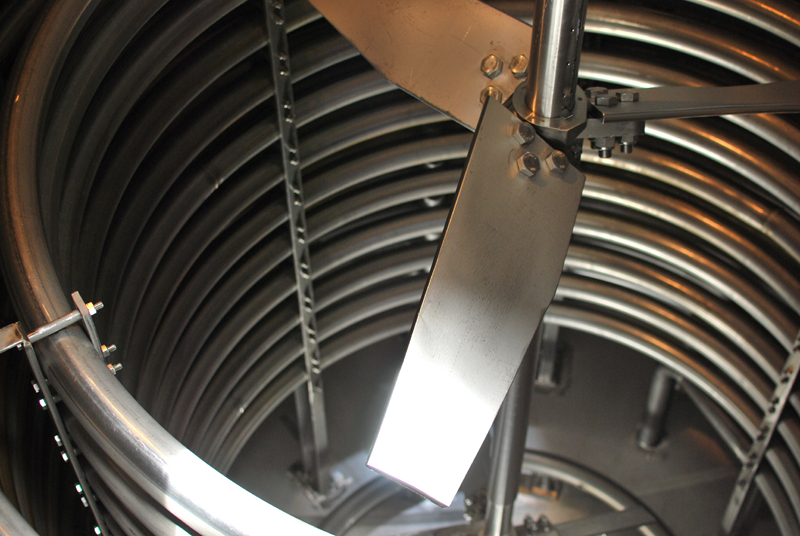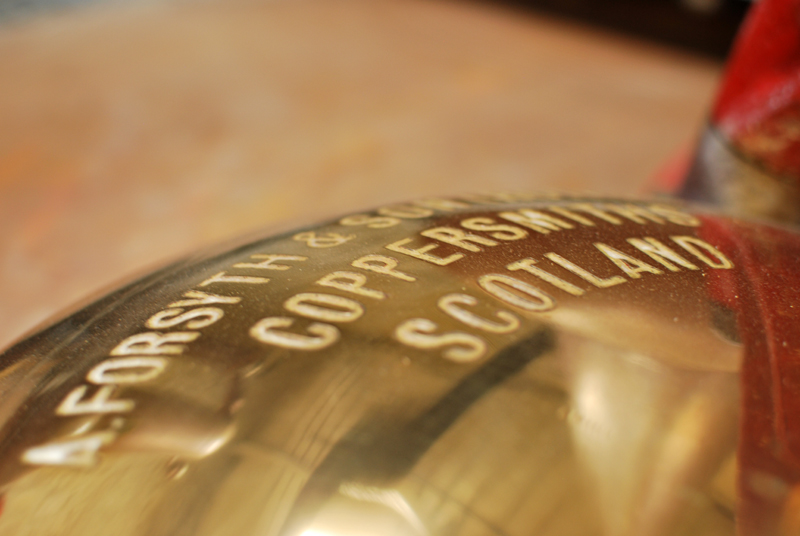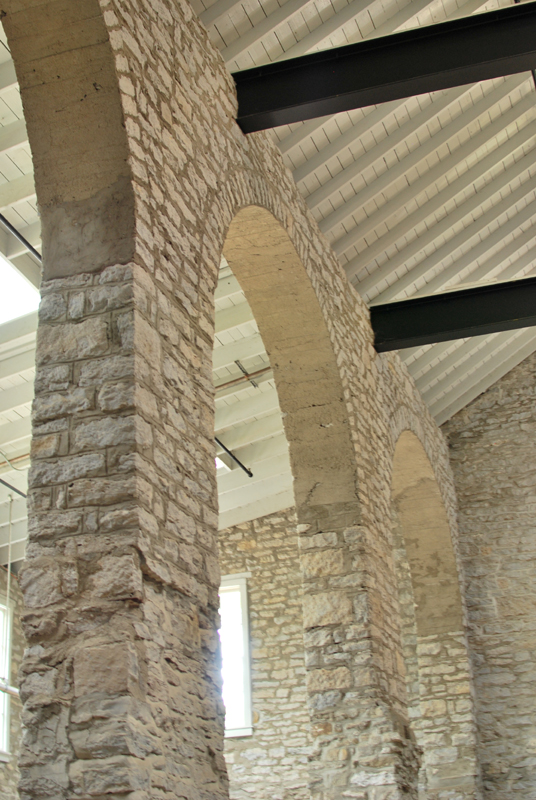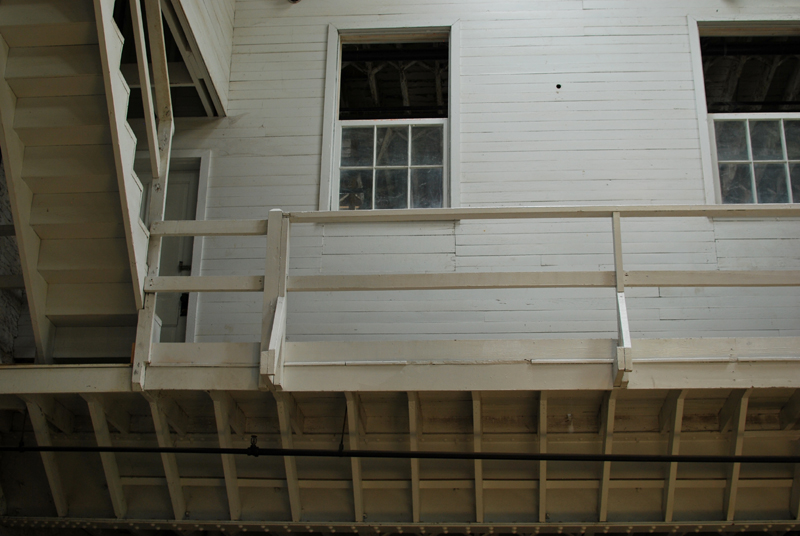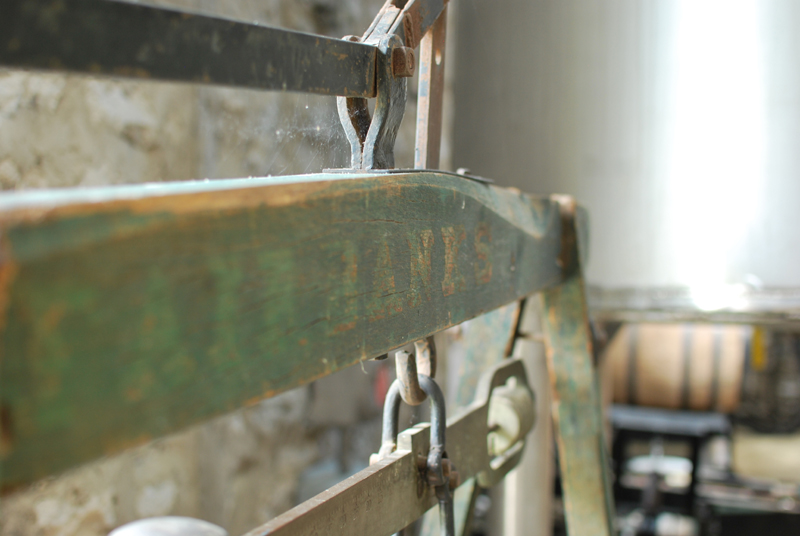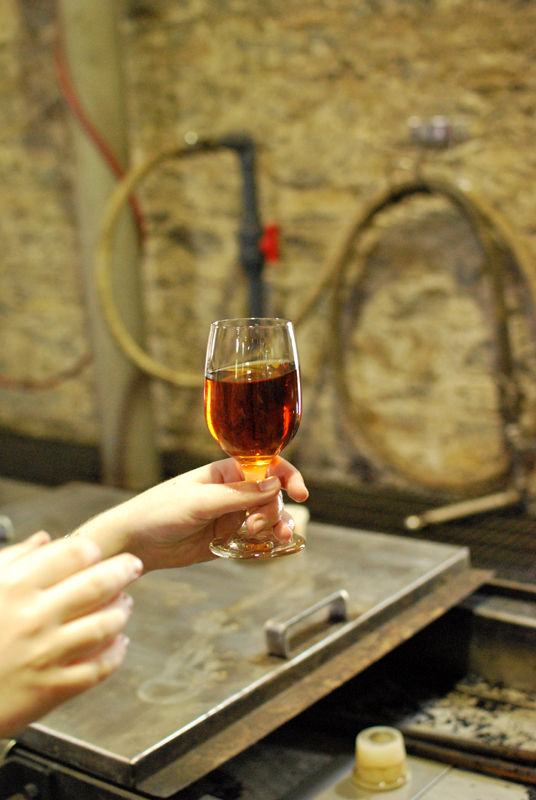In my line of work as a personal chef, I’ve had many occasions to plan menus for dinner parties. Often, in searching for ideas for appetizers or hors d’oeuvres, I’ve come across something that looks a lot like this:
The ingredients vary, of course, but the basic format is always the same. A single leaf of endive is topped with a glamorous dab of something-or-other, always placed at the base of the leaf. The toppings can be as simple or as elaborate as you like. One version simply called for a crumble of blue cheese, a walnut, and a drizzle of honey; another used lobster meat with avocado slivers and segmented grapefruit. Pictured here is a mixture of goat cheese, crème fraîche, lemon zest, and olive oil, topped with smoked trout and chives.
Every time I see one of these recipes, I am momentarily swayed by the stunningly pretty bites. The pale green endive, curling slender and seductive around the filling, promises an easy and elegant answer to all your entertaining needs.
But then, I remember all the myriad reasons why I will never, ever, ever, ever make one of these endive “boats” again.
This, Gentle Reader, is the carnage left from making a mere six canapés. These are the leaves that I couldn’t use, the waste left over. For six canapés. This is what those other recipes and well-styled photographs will never admit.
See, a head of endive is a slightly deceptive thing. The outer leaves are simply too big for an hors d’oeuvre, which by typical standards should never be more than a single bite. The inner leaves are too small to look quite right when prepared in this manner. So the long-suffering chef is left only with the leaves in the middle, of which there are precious few of a similar size.
And yes, if one doesn’t care all that much about keeping all canapés the same size, it’s certainly possible to use all the leaves. But then you end up with some extremely giant bites, and some lilliputian bites. Call me a snob, but that just plain looks silly.
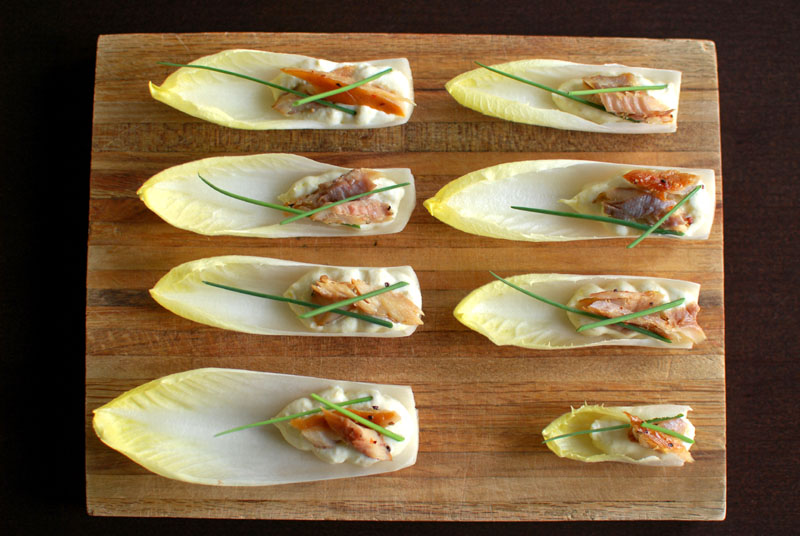
Not to mention that endive is a rather bitter green. Paired with other flavors, it’s lovely, but it’s a little much to just eat on its own. If you use the largest outermost leaves, your guests very well might only eat the end with the topping on it, and then leave the lipstick-stained bitter ends lying about.
Further, endive will not naturally sit flat on its spine. In order to achieve those picture-perfect platters, it’s necessary to shave off a tiny bit of the leaf from underneath, which is tedious and leaves you with a bunch of strange ellipsoid slivers lying about.
Two whole endives sacrificed their lives for six hors d’oeuvres, people. We can do better by them.
If your heart is set on using endive for an appetizer (or if you’ve already bought some), just do away with the “boat” idea completely. Forget it. It’s a trap. That way only leads to sadness. And though raw endive makes a fantastic salad, the French have a much better idea: cook it. Boil it, in fact.
It probably sounds like the least appealing thing in the world, but when boiled, endive loses its puckering bitterness, and a somehow nutty sweetness is coaxed from the leaves. It’s not much to look at, but it tastes fantastic. Ginette Mathiot, in her magnum opus I Know How to Cook, provides a recipe for endive purée that blends boiled endive with a quick béchamel sauce. Flavorful and simple, it’s so French it might as well be smoking.
Best of all, it’s a simple trick to turn this thick purée into an elegant canapé. Crustless white bread, lightly toasted and cut into triangles, makes a base for a dollop of the endive purée. A flake of smoked trout sits happily on top, accented with a colorful chive.
It’s nearly the same ingredients as the aforementioned endive bites, and just as attractive, but much better to eat and much nicer all around.

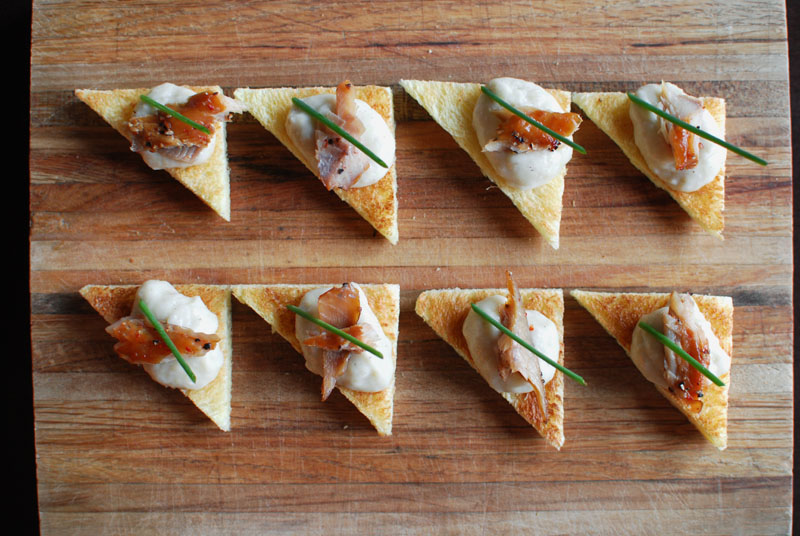
I’m not quite sure where all these endive boat recipes got started, but I’m reasonably sure it was from someone with too much time on his hands, too much endive in the fridge, or both. Maybe it’s some grand Endive Cabal, an alliance between endive farmers, recipe writers, and stylists, meant to make the rest of us poor saps look (and feel) dumb. As for me, I’m having no more of it, and I mean to convince you all as well. The next time you see one of these “endive boat” recipes, don’t pay it any attention. Just walk on by. You can thank me later.
Canapés with Endive Purée, Smoked Trout, and Chives
Makes about 2 cups purée, enough for many canapés
Adapted in part from I Know How to Cook, by Ginette Mathiot
The yield of this recipe is variable, but depends on how large your slices of bread are, how much smoked trout you have, and how many of these you feel like making (though it could hardly be described as difficult). You may end up with extra endive purée, which makes a fabulous sauce for pizza, especially with some slivered red onions and leftover smoked trout and chives on top. Just sayin’.
4 heads Belgian endive (about 1 1/4 pounds)
1 1/2 tablespoons butter
3 tablespoons all-purpose flour
1 cup milk
1/4 teaspoon freshly-grated nutmeg, or to taste
White pepper and salt, to taste
Sliced white sandwich bread
Melted butter or olive oil, as needed for brushing
Smoked trout, skin removed, and flaked
Fresh chives, snipped into 1 inch lengths
1. Preheat the broiler. Bring a medium pan of water to a boil over high heat. While heating water, cut endives into quarters lengthwise. Salt the boiling water liberally, and add the endives. Boil, uncovered, for 15 minutes.
2. While endives cook, make a béchamel sauce by melting the butter in a small saucepan over medium heat. When the foam subsides, whisk in the flour until thoroughly combined with the butter. Continue cooking and whisking until a slight nutty aroma develops, 2 to 3 minutes; do not let the mixture brown. Add the milk slowly, whisking to prevent lumps. Cook for 5 to 10 minutes, or until the béchamel is well thickened. Season to taste with the nutmeg, white pepper, and salt. Remove from heat.
3. After cooking the endive, drain well. Let cool briefly. When cool enough to handle, squeeze as much liquid as possible from the leaves, and transfer to a food processor.
4. Purée the boiled endive with the béchamel until smooth. Taste, and correct seasoning as needed with salt, white pepper, and nutmeg. Let cool. The purée should thicken a bit more as it cools.
5. While purée is cooling, prepare the bread. Brush each slice lightly with melted butter or olive oil. Toast under the hot broiler until just golden brown. Remove the crusts from the slices of bread, cut each slice into four triangles, and set aside. (At this point, check the consistency of the purée. It should be quite thick, and not at all runny. If it’s too thin, you can toss in some of the toasted bread crusts and process until well blended. Repeat as necessary.)
6. To finish canapés, top each bread triangle with a small dollop of the endive purée. Place a flake or two of smoked trout on top, and decorate with a piece of chive. Plate and serve immediately.

